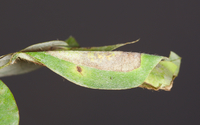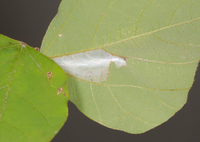
| Recorded by: Jim Petranka, Mark Basinger and Becky Elkin on 2024-09-20
Madison Co.
Comment: | 
| Recorded by: Jim Petranka, Mark Basinger and Becky Elkin on 2024-09-20
Madison Co.
Comment: |

| Recorded by: Jim Petranka and Becky Elkin on 2024-08-21
Yancey Co.
Comment: | 
| Recorded by: Jim Petranka and Becky Elkin on 2024-08-21
Yancey Co.
Comment: |
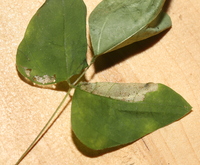
| Recorded by: David George, Jeff Niznik on 2024-08-06
Transylvania Co.
Comment: | 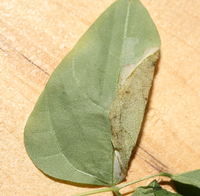
| Recorded by: David George, Jeff Niznik on 2024-08-06
Transylvania Co.
Comment: |
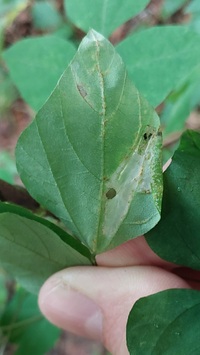
| Recorded by: Mark Basinger on 2024-08-03
Mitchell Co.
Comment: | 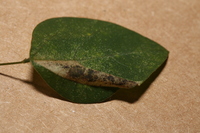
| Recorded by: David George on 2023-10-16
Durham Co.
Comment: |
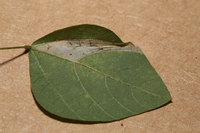
| Recorded by: David George on 2023-10-16
Durham Co.
Comment: | 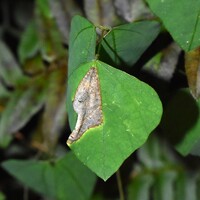
| Recorded by: David George, Jeff Niznik on 2023-09-20
Durham Co.
Comment: |
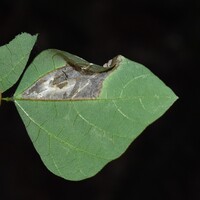
| Recorded by: David George, Jeff Niznik on 2023-09-20
Durham Co.
Comment: | 
| Recorded by: Jim Petranka and Becky Elkin on 2022-09-21
Rutherford Co.
Comment: An adult that was reared from a mine on Hog-peanut (see companion photo of the mines from 2022-09-13). |
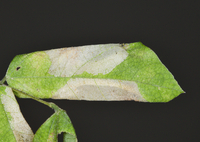
| Recorded by: Jim Petranka and Becky Elkin on 2022-09-13
Rutherford Co.
Comment: | 
| Recorded by: Jim Petranka and Becky Elkin on 2022-09-13
Rutherford Co.
Comment: |

| Recorded by: Jim Petranka and Becky Elkin on 2022-08-24
Macon Co.
Comment: | 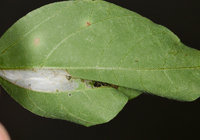
| Recorded by: Jim Petranka and Becky Elkin on 2022-08-24
Macon Co.
Comment: |

| Recorded by: Jim Petranka on 2022-08-13
Madison Co.
Comment: An adult that was reared from a mine on Hog Peanut; mine on August 7; adult on August 13. | 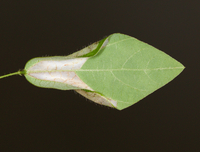
| Recorded by: Jim Petranka on 2022-08-07
Madison Co.
Comment: Two occupied mines that were on American Hog Peanut (see companion photo of an adult that emerged on 2022-08-13). |
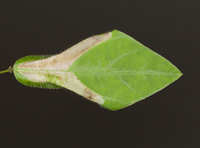
| Recorded by: Jim Petranka on 2022-08-07
Madison Co.
Comment: | 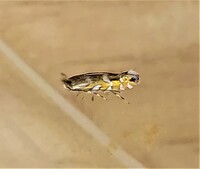
| Recorded by: Gary Maness on 2022-06-24
Guilford Co.
Comment: |
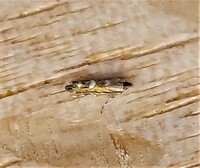
| Recorded by: Gary Maness on 2022-06-24
Guilford Co.
Comment: | 
| Recorded by: Jim Petranka and Becky Elkin on 2022-06-18
Madison Co.
Comment: |

| Recorded by: Jim Petranka and Becky Elkin on 2022-06-18
Madison Co.
Comment: | 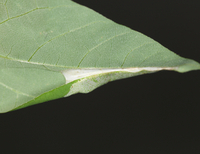
| Recorded by: Jim Petranka on 2022-06-05
Mitchell Co.
Comment: |
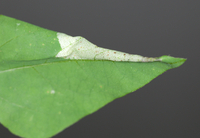
| Recorded by: Jim Petranka on 2022-06-05
Mitchell Co.
Comment: | 
| Recorded by: Jim Petranka, Bo Sullivan and Rich Teper on 2022-05-31
Montgomery Co.
Comment: Occupied mines were on Hog Peanut. |
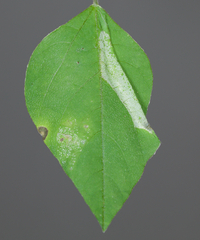
| Recorded by: Jim Petranka, Bo Sullivan and Rich Teper on 2022-05-31
Montgomery Co.
Comment: Occupied mines were on Hog Peanut. | 
| Recorded by: Jim Petranka and Becky Elkin on 2021-07-06
Madison Co.
Comment: |
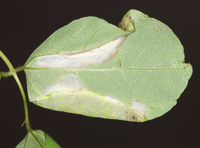
| Recorded by: Jim Petranka and Becky Elkin on 2021-07-06
Madison Co.
Comment: | 
| Recorded by: Jim Petranka and Becky Elkin on 2019-09-02
Madison Co.
Comment: A view of the underside of American Hog Peanut with a tentiform leaf mine. |
|

 »
»


